Cut Concrete Pavement: When to Cut and How To Cut
Cutting concrete pavement sounds daunting, but it is no rocket science!
Once you select the right tools and apply correct techniques, cutting a concrete pavement can be fairly simple. Here are the processes and a few tips that will help you to cut concrete successfully

How to choose a concrete pavement cutter
Contents
When is the right time to saw-cut the concrete?
Analysing the right time to cut the concrete in very crucial.
Deciding the time depends on various factors like the type of aggregates used in the concrete, the proportion of admixtures, and the air temperature. The concrete is cut only when it has gained a certain amount of strength.
Wet concrete is very hard to cut and can dismantle very easily on the application of force. When the concrete is cut too early, ravelling occurs, which causes the aggregates to dislocate from their position. This leads to weakened edges along the cut. This can also cause permanent damage to the diamond saw cut machine.
On the other hand, sawing after the concrete dries completely can develop internal cracks during curing. Therefore, a moderate condition is ideal for cutting concrete.
In addition to this, weather conditions play an important role to carry out the process smoothly. In hot conditions, saw cutting can take place four hours after laying down the concrete. And in cold weather, this time can extend up to 12 hours. To decide the right time, ensure that ravelling stops. This is done by making trial cuts
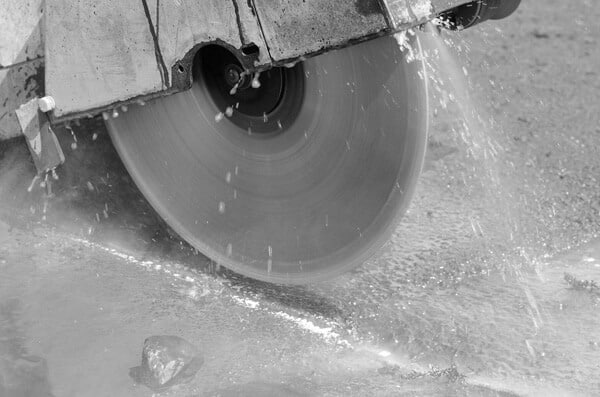
What are the different types of cutting blades available?
Saw cutting blades are either made of corundum or diamond. Depending on the size of the job and type of projects, machinery can be put into use. Cold chisel or sledge hammers can perform small, rough cuts. But while dealing with large projects, circular saw works the best.
Types of blades –
Abrasive corundum masonry blade – These are affordable blades capable of cutting concrete, stucco, and asphalt. They are ideal for cutting shallow depths 1/4-inch to 1/2-inch. The cutting process can be time-consuming due to the inefficiency of the blades. A 7-inches diameter blade can wear down to 6-1/2 inches after cutting a small portion. Therefore, you have to adjust the machinery frequently to expose more blade area. Furthermore, the sawing causes plumes of fine dust that smells.
Diamond blades have a diamond and metal composite fixed to the perimeter. Once the blade cuts, the composite wears off thus bringing fresh and sharp diamond cutting edge on the top. These blades are ideal for standard concrete thickness, 7-inches. Diamond blades are of two types; dry-cut and wet-cut diamond blades.
Dry-cutting diamond blades have a toothed rim that cools the blade. The drawback of using this type of blade is that it causes excessive dust.
Wet-cutting diamond blades either have a toothed or smooth rim. Water helps in cooling off the machinery and also acts as a lubricant. This saw-cutting equipment is fast, clean, and more efficient.
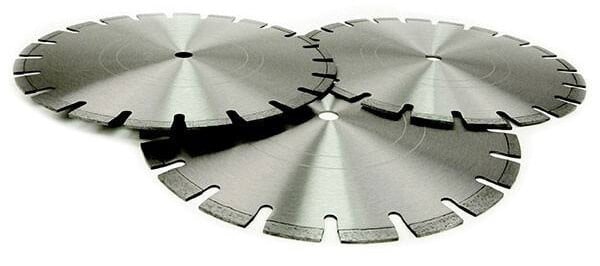
How to decide the location to cut the concrete?
Marking the correct location before you start the cutting process can make things easy. Always start cutting from the centre or directly on the column lines. Calculate the cut spacing by using the civil drawings and then mark the lines using chalk. Keep the following points in mind while cutting the concrete –
– Try to make square patterns while saw cutting.
– Make the saw cuts continuous for the entire concrete slab to maintain uniformity.
– While cutting the square make sure the edges are at exactly 90 degrees.
– When cutting in hot climatic conditions, form larger squares first and then cut the inner joints. This will help you in controlling fast setting concrete cracks.
– Clearly mark the cutting lines using bright coloured chalk-like orange, white or blue. If you are using a wet-cutting blade opt for crayon so the line doesn’t fade away with water.
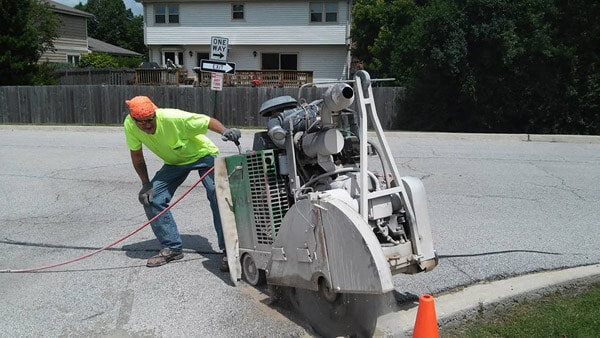
What is the process to cut the concrete?
Before starting the saw cut process study various details of the concrete like slab thickness, slab length, and curing techniques. Once you decide the joints to be cut, it is time to mark them using chalk. If you don’t need precision to cut the joints, use a cold chisel or hand sledge. A circular diamond saw is ideal when you have to completely cut through the concrete slab. Here are some tips to follow while cutting concrete –
– Let the self-weight of the saw do the cutting. Avoid putting extra force on the equipment.
– Use a straight, smooth guide board outside the chalk line to maintain a firm two-handed grip. Slowly move the cutting saw forward against the guide board.
– Avoid twisting the blade. Keep it at the right angle to get clean cuts.
– When using a dry-cutting diamond blade, allow the blade to cool off for 30 seconds at regular intervals. This will prevent the machine from overheating.
– Always use the wet-cutting blade with water. Failing to do so might cause permanent damage to the machine.
– While dry-cutting, wear personal protective equipment (PPE) including goggles, gloves, face shield for hearing and respiratory protection, steel-toed boots, and full-sleeved shirts. Knee pads and shin protectors will further provide more protection.
– Joints are cut as deep as one-quarter to one-third the slab thickness. For instance, in a 6-inch slab, the cut should be 1.5 to 2 inches deep.
– When using a dry saw, use appropriate dust extractors.
– While operating an electric blade saw, use a GFCI-protected extension cord to prevent shocks and overloads.
– Use a duct tape along the bottom of the saw machine where it cuts the concrete. This will prevent the equipment from getting scratches and blotches.
– While using a handheld saw, make shallow cuts as demarcation lines instead of deeper cuts. Once the shallow cuts are made, increase the blade depth by ½ inch increments. This allows a uniform movement and clean edges.
Follow these steps while cutting concrete to ensure a smooth finish. Taking careful note of these cutting tips will help you finish the job in less time with more efficient results.
Remember, the most crucial factor while cutting concrete is to invest in the right blade and machinery. A good quality cutting equipment can make your life much easier on the site.
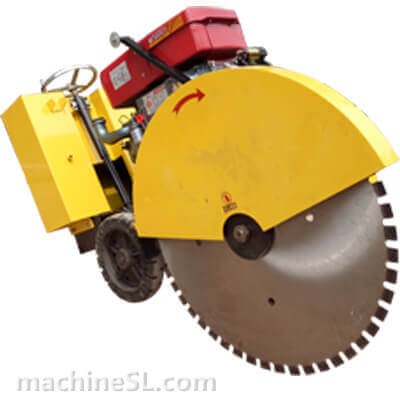
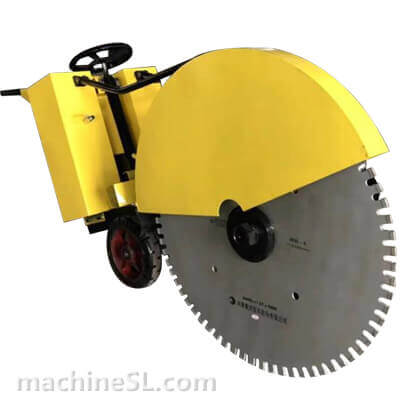
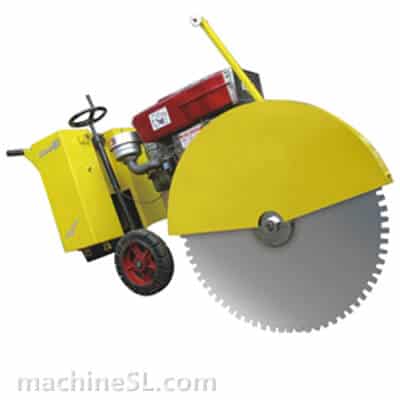
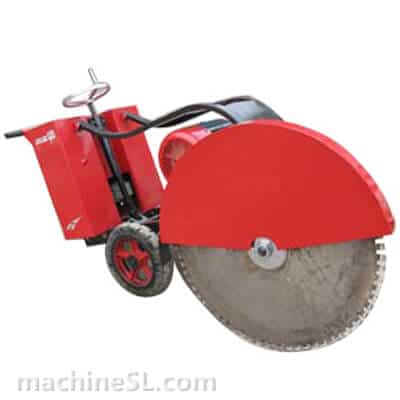
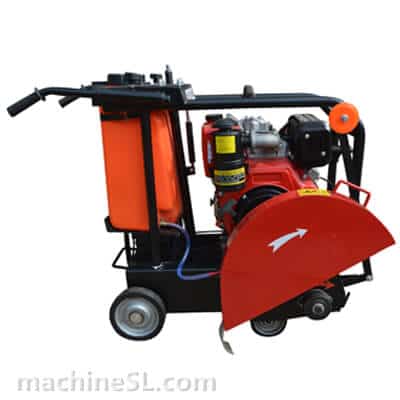
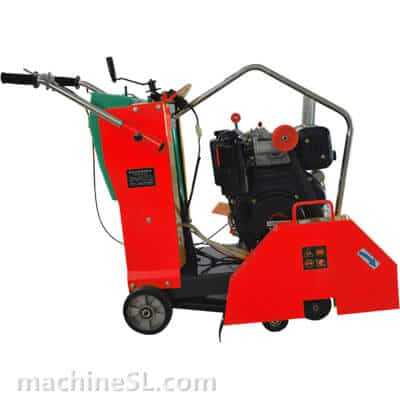
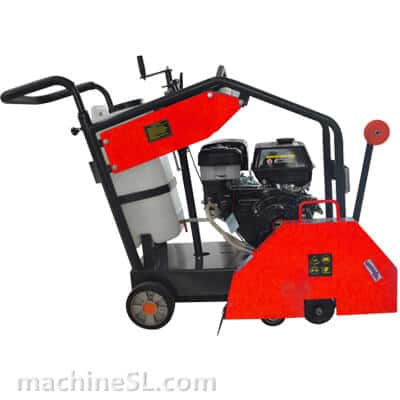
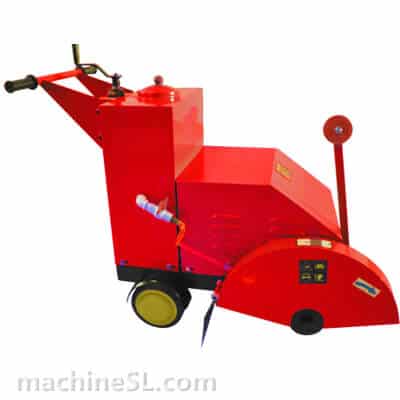
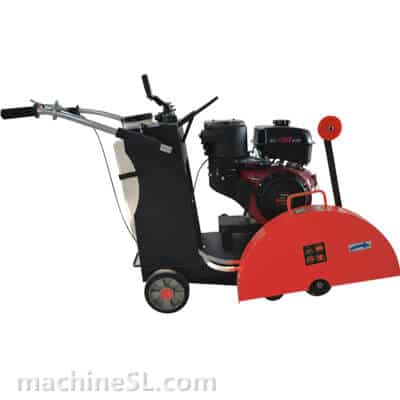
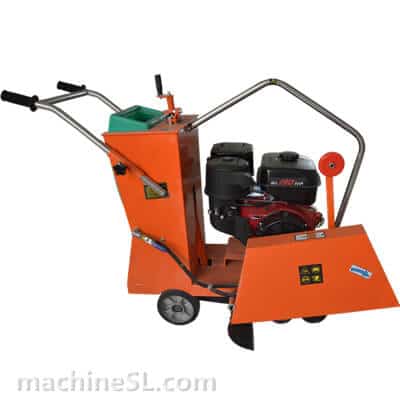
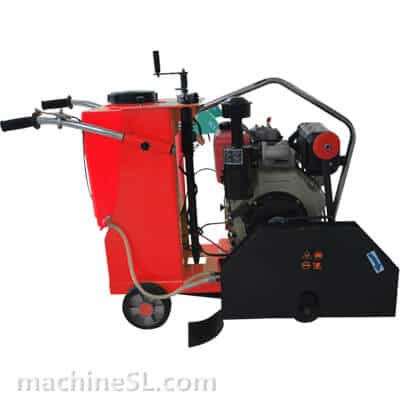
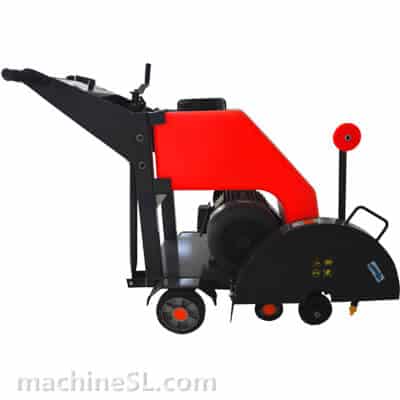
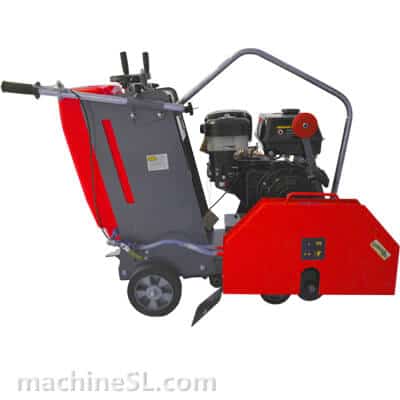
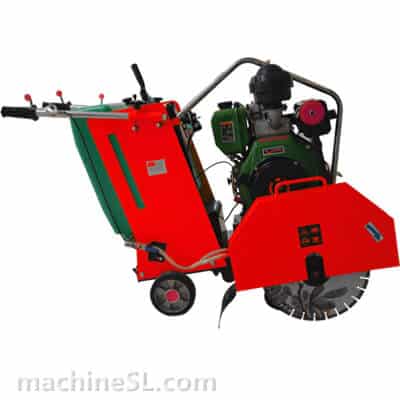
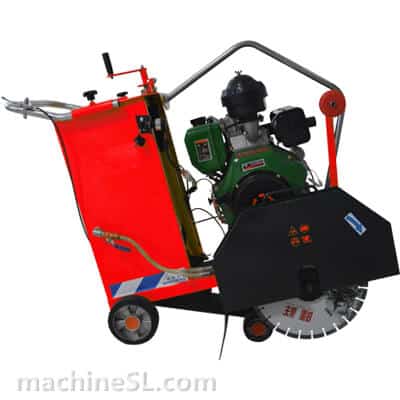
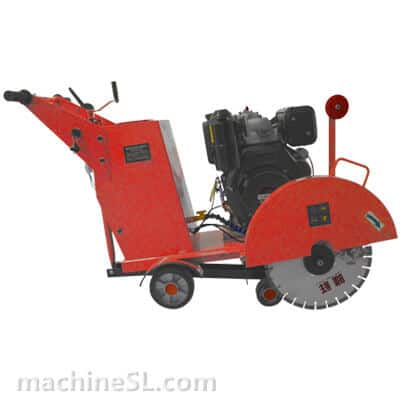
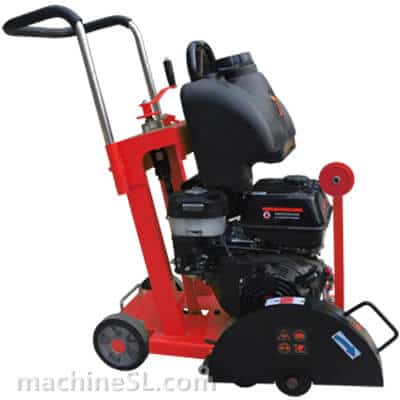
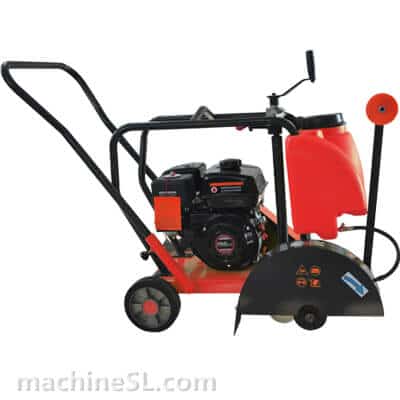
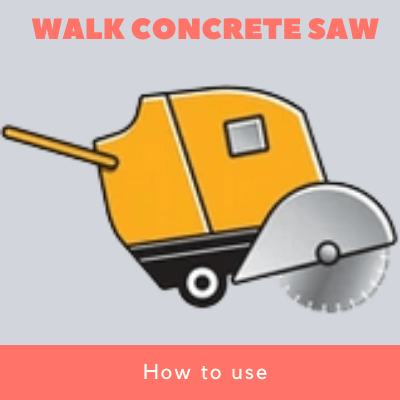
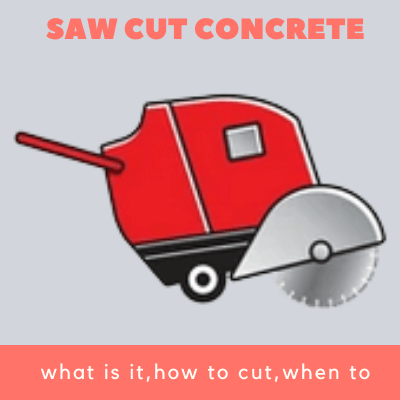
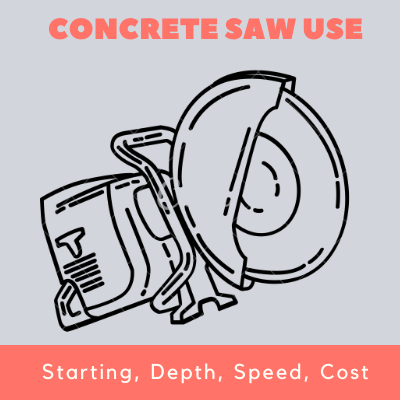
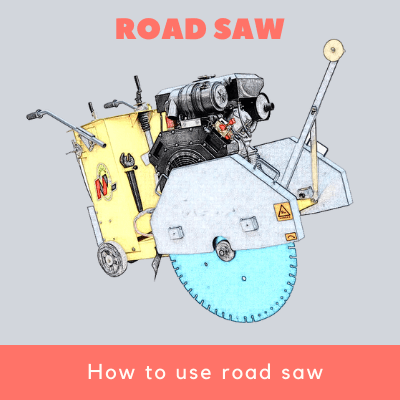

It is good to know that a moderate condition between wet and completely dry concrete is ideal for cutting. My sister is planning on laying down concrete for her patio soon and she needs to know when to cut it. I will suggest that she hire concrete cutting professionals to cut it during the time period that you mentioned so it is completed properly.
Thanks
I really love sites like this, full of reliable info and content! Thanks a lot for sharing!
hi thanks